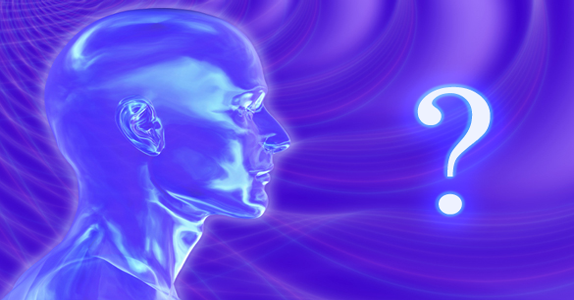In previous blogs I have talked about the naturally multiple mind that is characteristic of all humans. The elements of this multiplicity I am calling parts, as does Richard C Schwartz from whom I borrowed the term. In Ego State therapy these parts are called ego states, as the name implies. In the psychotherapy founded by the Italian, Roberto Assagioli, they are called subpersonalities. Interestingly, the language used for these elements of the mind by those who study Dissociative Identity Disorder (DID), also called Multiple Personality Disorder (MPD), seems now to also be settling on parts rather than alters or alter personalities. One irony is that these experts on pathological dissociation still do not recognize that the phenomena they study are the same parts we study in the parts of normal people, just more extreme.
When the therapist helps a person to distinguish a part from the Self and then asks the person to describe the image of the part, there is sometimes no image, only a body sensation. Most of the time however, the person becomes aware of a visual image representing the part. Sometimes the visual representation was present before the work with the therapist, and sometimes the representation is produced at the time the therapist helps to distinguish the part from the Self. In most cases the image of the part is an image that closely resembles the person. Occasionally, the image of the part is identical to the image of the person as she or he sits in the therapy room. More often, however, there are differences in clothing, hair style, facial hair, age, muscularity, or other subtle things. Sometimes the image is that of some other person, having no resemblance to the person in the therapy room. The image can even be that of an animal, a cartoon, or a creature from an animated film. The visual image of a part can also be a cloud, a ball of fire, a color (most often red for anger), or just about any symbol the mind can conjure up. And this is an essential understanding: the images are symbols or clusters of symbols drawn from a person’s life experience and are meaningful to that person in terms of her or his life experiences. From my point of view the images, like names of parts, are mostly of importance for the purpose of telling parts apart and for easing recall of the parts from one session to the next.

